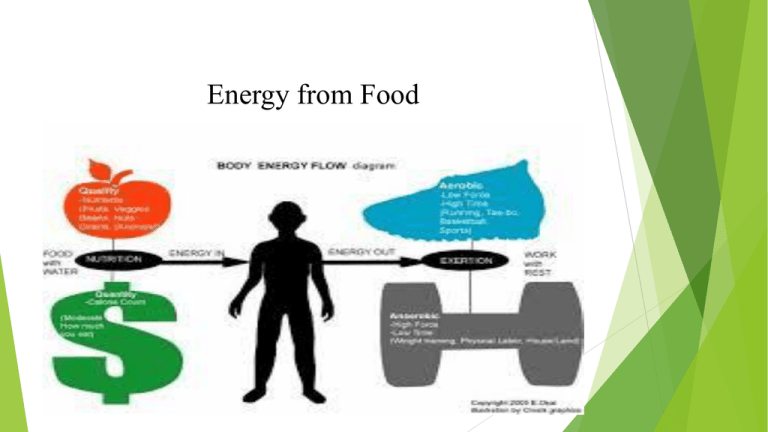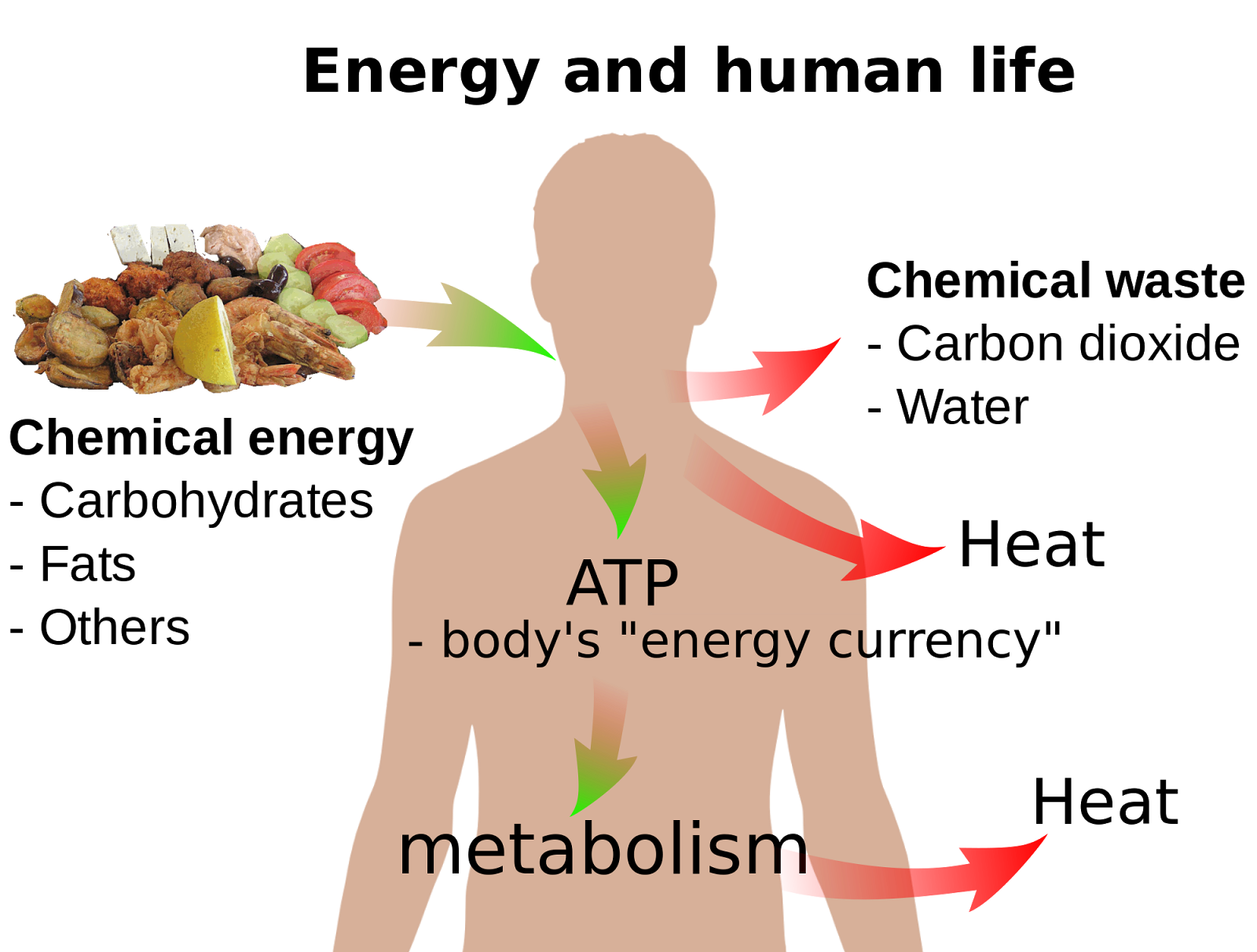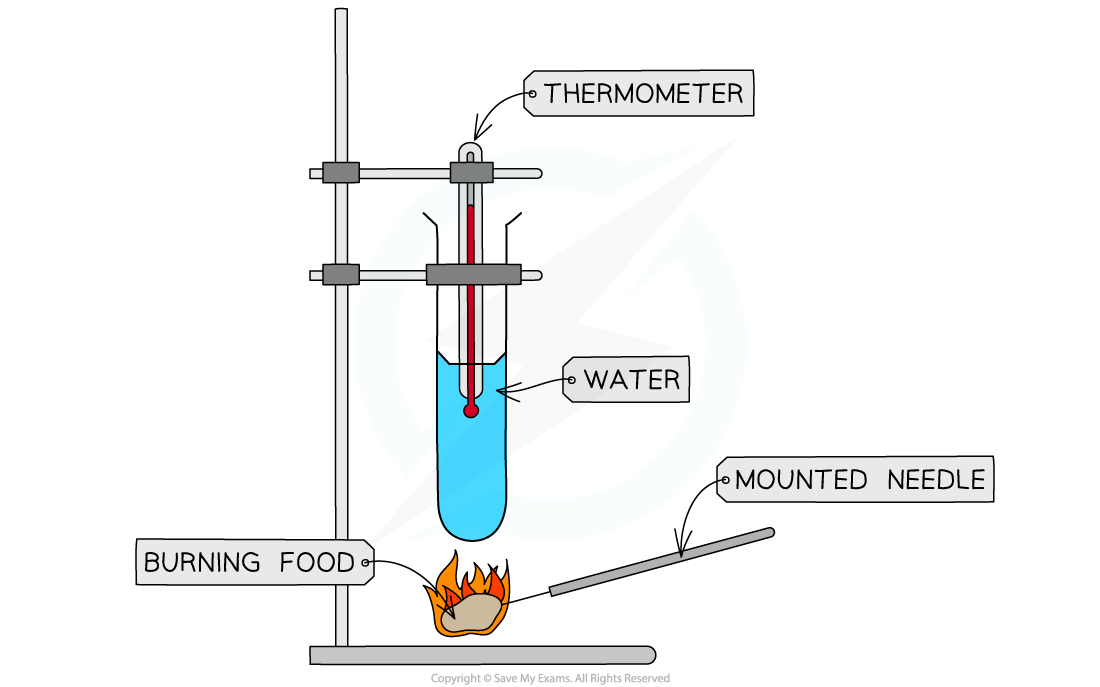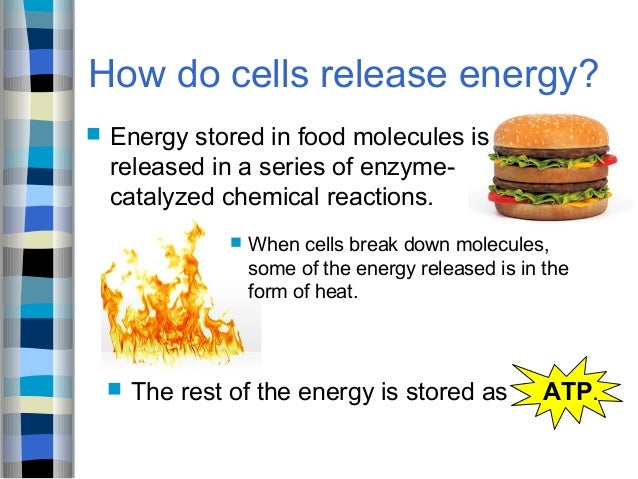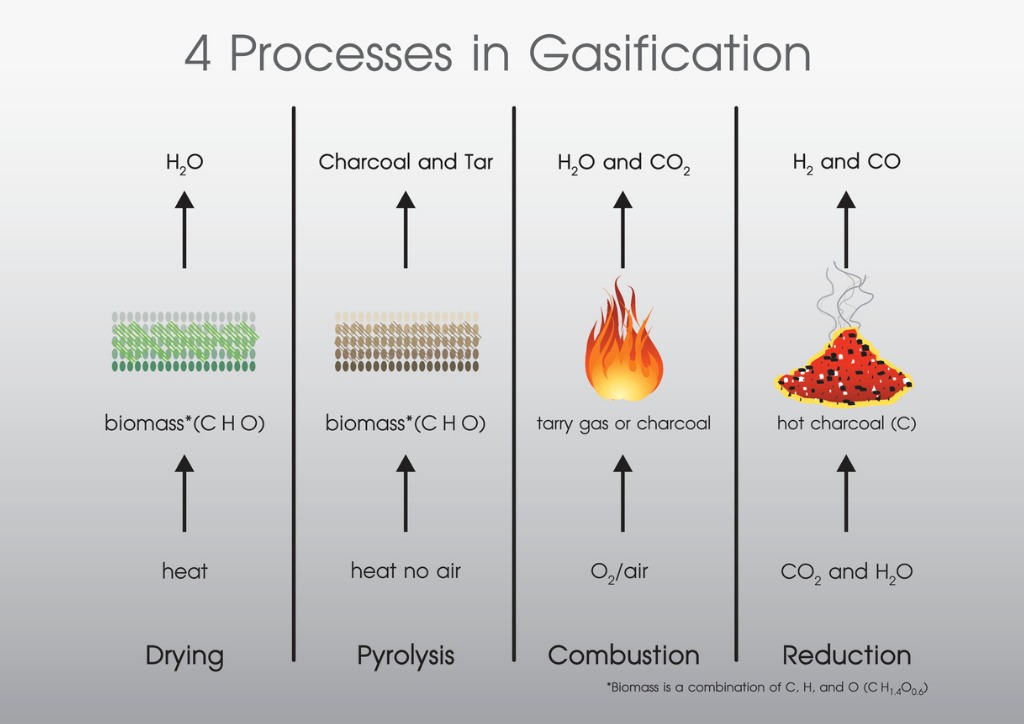The Process By Which Food Is Burned To Release Energy

Urgent: Scientists have unveiled a clearer understanding of how our bodies extract energy from food, a process crucial for life itself. This breakthrough sheds light on the intricate biochemical reactions that power every cell in our bodies.
This discovery details the multi-stage process, highlighting the roles of enzymes and cellular structures. Understanding this mechanism is paramount for combating metabolic diseases and optimizing human performance.
The Initial Breakdown: Digestion and Absorption
The process begins with digestion, where complex carbohydrates, proteins, and fats are broken down into simpler molecules like glucose, amino acids, and fatty acids. Enzymes in the saliva, stomach, and small intestine play a critical role. These simpler molecules are then absorbed into the bloodstream.
Glucose, the primary fuel source, is transported to cells throughout the body. Amino acids are used for building and repairing tissues, while fatty acids are stored for later energy use.
Glycolysis: The First Step in Energy Extraction
Once inside the cell, glucose undergoes glycolysis in the cytoplasm. This ten-step process converts glucose into pyruvate, a three-carbon molecule.
Glycolysis also produces a small amount of ATP (adenosine triphosphate), the cell's primary energy currency, and NADH, an electron carrier.
The Krebs Cycle: Extracting More Energy
Pyruvate then enters the mitochondria, the cell's powerhouses. Here, it is converted into acetyl-CoA, which enters the Krebs Cycle (also known as the citric acid cycle).
The Krebs Cycle is a series of chemical reactions that further oxidize acetyl-CoA, releasing carbon dioxide and producing more ATP, NADH, and FADH2 (another electron carrier). The Krebs Cycle happens in the mitochondrial matrix.
Electron Transport Chain: The Final Energy Conversion
NADH and FADH2 then deliver their electrons to the electron transport chain, located in the inner mitochondrial membrane. This chain consists of a series of protein complexes.
As electrons move through the chain, protons (H+) are pumped from the mitochondrial matrix to the intermembrane space, creating a proton gradient. This gradient drives the synthesis of large amounts of ATP through a process called oxidative phosphorylation.
At the end of the electron transport chain, electrons combine with oxygen and protons to form water. This is why we need oxygen to survive.
The Role of Oxygen: The Ultimate Electron Acceptor
Oxygen acts as the final electron acceptor in the electron transport chain. Without oxygen, the chain would halt, and ATP production would drastically decrease.
This highlights the critical importance of oxygen for cellular respiration and energy production.
Enzymes: Catalyzing the Process
Enzymes are crucial catalysts that speed up each step of the energy-burning process. Without these enzymes, the reactions would occur too slowly to sustain life.
These biological catalysts, made of protein, ensure reactions occur at speeds compatible with the body’s needs. Each enzyme is specific to its reactant.
Hormonal Regulation: Fine-Tuning Energy Production
Hormones like insulin and glucagon play vital roles in regulating blood glucose levels and energy production. Insulin promotes glucose uptake by cells, while glucagon stimulates the release of glucose from storage.
These hormones help maintain a stable energy supply, adapting to changing energy demands.
Where Does It All Happen? Cellular Compartmentalization
This entire process happens within different parts of the cell. Glycolysis occurs in the cytoplasm, while the Krebs Cycle and electron transport chain happen in the mitochondria.
This compartmentalization allows for efficient and coordinated energy production.
ATP: The Energy Currency
The final product of cellular respiration is ATP. ATP is then used to power various cellular processes, including muscle contraction, nerve impulse transmission, and protein synthesis. Every cell in the body depends on ATP.
The body constantly regenerates ATP to maintain cellular functions.
Implications for Health and Disease
Understanding this process is crucial for addressing metabolic disorders like diabetes and obesity. Interventions can be developed to improve glucose metabolism and energy expenditure.
Further research is focused on developing therapies to enhance mitochondrial function and combat age-related decline in energy production.
Next Steps
Researchers are now focusing on the finer details of enzyme regulation and mitochondrial dynamics. Ongoing studies aim to understand how these processes are affected by diet, exercise, and genetics.
This work promises to unlock new strategies for optimizing human health and preventing disease. Further investigation is underway to understand how food processing affects energy extraction.


